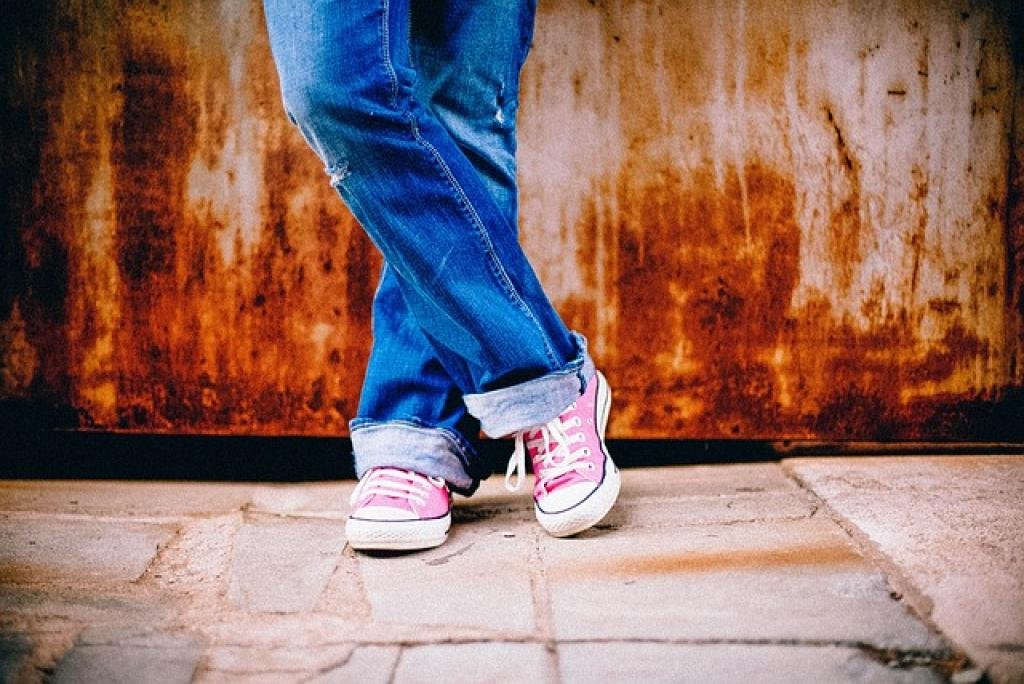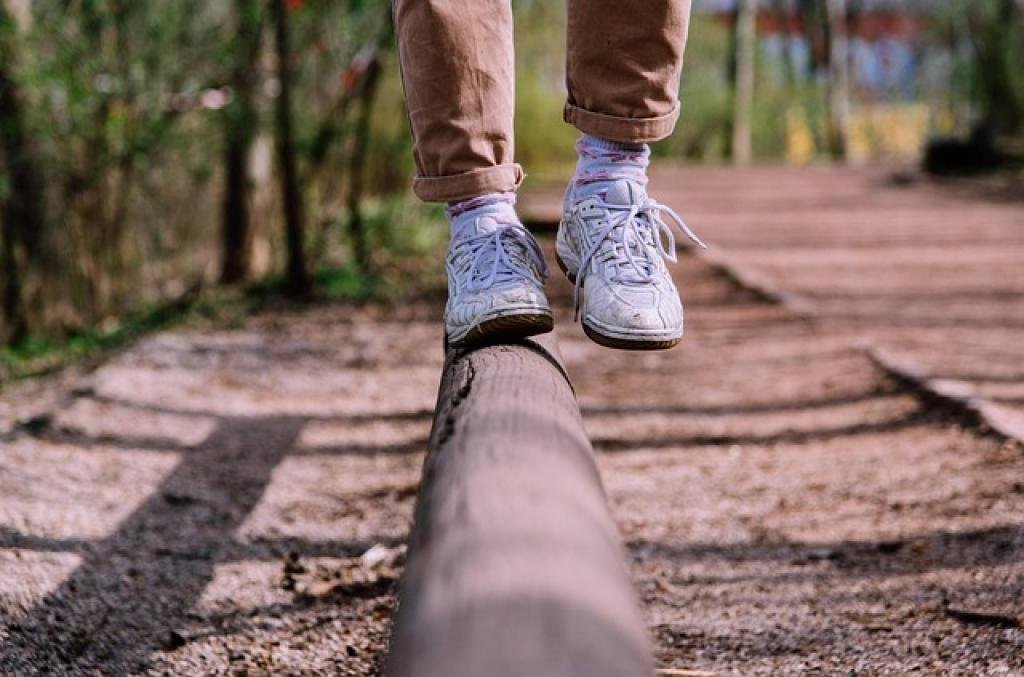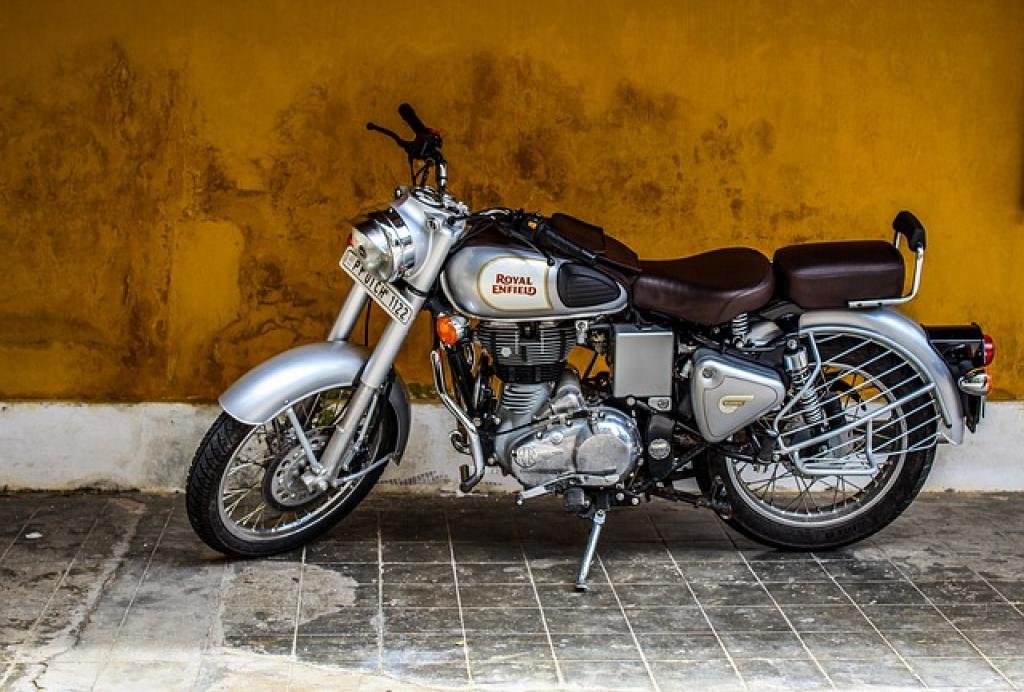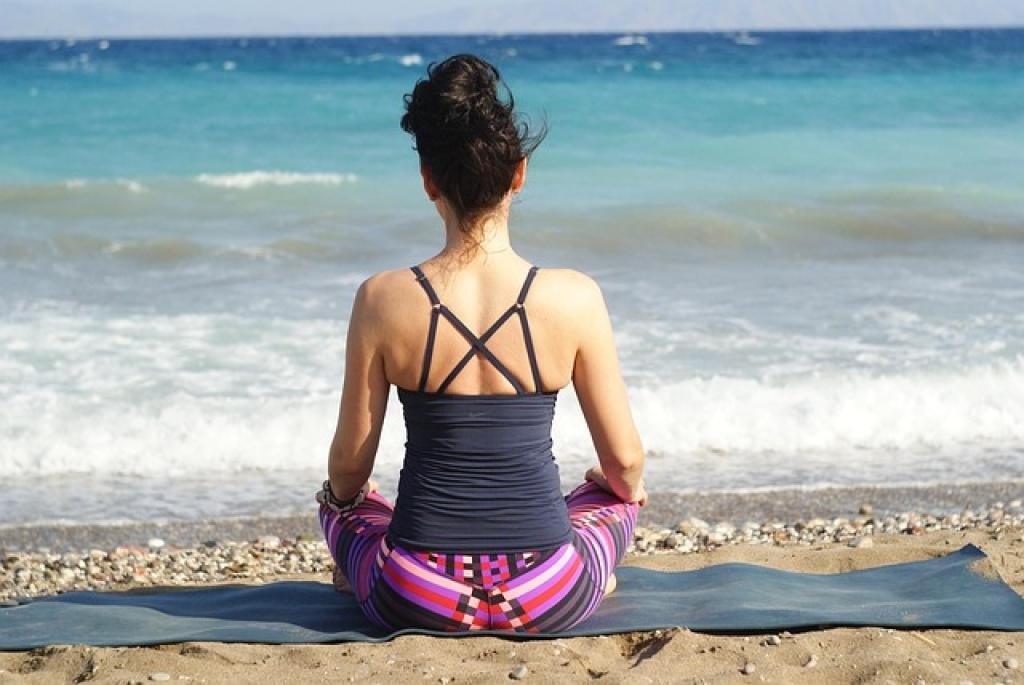We independently test and review fitness products using a research-based approach. If you buy through our links, we may earn a small commission at no extra cost to you. Read our Disclosure
Finding the perfect gym shoe can feel like a daunting quest, especially if you have flat feet. This often overlooked condition can significantly affect your exercise routine, leading to discomfort or even injury if not properly addressed. But don’t worry, you’re not alone in this search!
The right footwear is essential for stability, whether you are on the treadmill, performing cross-training, or doing heavy weight lifting. With the right support, your feet can enjoy excellent cushioning, improved stability, and reduced strain on joints, letting you concentrate on smashing those fitness goals.
Understanding what flat feet truly need is the first step toward enhanced comfort and performance. This guide will walk you through the essential factors to consider when selecting the best gym shoes for flat feet, ensuring every session is effective, safe, and pain-free.
Our Top 3 Picks At a Glance: The Best Gym Shoes for Flat Feet
If you’re ready to find a supportive shoe right now, here are the top-rated stability picks that consistently deliver maximum relief and performance for flat feet and overpronation in a gym setting:
-
Best All-Around Stability: Brooks Adrenaline GTS – Excellent balance of cushioning and the GuideRails® system to prevent excess inward roll, great for both treadmill and light lifting.
-
Best for Cross-Training & Treadmill: Saucony Guide – Lighter weight with responsive support, specifically ideal for circuit training, cardio, and moderate gym sessions.
-
Best for Maximum Cushioning: ASICS GEL-Kayano – A premium option with superb shock absorption and robust motion control for recovery runs and longer cardio days.
Understanding the Mechanics of Flat Feet
Flat feet, also known as fallen arches, occur when the arches of the feet collapse, causing the entire foot to make contact with the ground. This condition can be hereditary or develop over time due to stress or injury. While some individuals experience no symptoms, others may suffer from foot pain, swelling, or even ankle and knee complications.
Why Your Gym Shoes Need Stability
When the foot’s arch is compromised, it alters the way the foot moves. This can disrupt the alignment of your legs and body, leading to overpronation—a condition where the foot rolls inward excessively. This is particularly problematic during gym activities like squats, lunges, or plyometrics, where poor alignment can lead to knee and back strain. A supportive shoe is vital for maintaining proper posture and movement efficiency, providing a stable base for any lift.
Signs You May Have Flat Feet
Recognizing flat feet is crucial, and looking at your footprint is the simplest way to identify the condition. A full footprint suggests a lack of arch. If you experience persistent pain or difficulty with physical activities, consulting a specialist can provide further insights and potential treatments. Addressing flat feet early can greatly enhance your comfort and athletic performance.
Essential Features of the Best Gym Shoes for Flat Feet
Choosing the right gym shoes for flat feet is crucial to reducing discomfort and enhancing performance. These three features work together to compensate for your foot’s collapsed arch and provide a stable platform for exercise:
-
Arch Support: This is the most critical feature. Proper arch support stabilizes the foot and helps distribute pressure evenly, preventing excessive inward rolling (overpronation). Stability shoes often use denser foam (a medial post) on the inside to achieve this.
-
Stability/Motion Control: These shoes offer the support necessary to maintain proper foot positioning. This is often achieved through a firm heel counter (to keep the heel locked in place) and reinforced material on the arch side of the midsole, ensuring you maintain balance and control, especially crucial during weighted movements.
-
Midsole Firmness: While cushioning is important for running, gym shoes need a moderately firm, low-to-the-ground midsole for exercises like deadlifts and squats. This firmness provides ground feedback and prevents the foot from sinking or wobbling, which is essential for safely transferring power.
Overpronation Vs. Supination: Impact on Gym Shoe Choice
Understanding the differences between overpronation and supination is key to selecting the right gym shoes.
-
Overpronation: Occurs when the foot rolls inward excessively. This imbalance is common with flat feet and requires shoes with robust arch support and motion control (stability shoes).
-
Supination (Underpronation): Involves the foot rolling outward. Those affected need shoes with added cushioning and flexibility to absorb shock, which is less common for flat-footed gym-goers but still a consideration.
Choosing the correct shoe based on your pronation type not only enhances comfort but also reduces injury risk, optimizing your overall performance.
Our Top 5 Recommended Gym Shoes for Flat Feet
Based on the need for robust arch support, stability features, and appropriate midsole firmness for gym activities, we’ve selected the five best shoes that offer the foundational support needed to keep you safe and comfortable during any session.
1: Brooks Adrenaline GTS
Why it works: The Adrenaline GTS is an excellent hybrid shoe. It features Brooks’ signature GuideRails® technology, which gently manages overpronation. Its versatile cushioning is soft enough for the treadmill but stable enough for light strength training, making it an ideal all-around gym shoe.
Key Takeaways
✅ Pros
- Holistic Support: GuideRails technology reduces knee rotation without feeling rigid or bulky.
- Versatile Hybrid Use: Handles both cardio and light strength work effectively.
- Exceptional Comfort: A reliable choice for all-day wear and daily gym consistency.
❌ Cons
- Not for Minimalists: Offers a classic running shoe feel, which can be bulky compared to pure trainers.
- Cushioning Compromise: It’s a balanced cushion, so it’s not the softest or the firmest.

Best for daily gym use, balanced routines (cardio and strength), and those needing moderate, non-intrusive support.
2: ASICS GEL-Kayano
Why it works: While known as a running shoe, the GEL-Kayano is a premium stability powerhouse offering maximal support. It incorporates the LITETRUSS™ technology to prevent severe inward rolling, making it perfect for gym users who require the highest level of stability and cushioning for treadmill intervals or elliptical work.
Key Takeaways
✅ Pros
- Maximum Support: Provides the strongest anti-pronation features available, ideal for severe overpronators.
- Durability & Protection: Built to last hundreds of miles with consistent cushioning.
- Soft Ride: The combination of GEL and responsive foam makes long sessions feel effortless.
❌ Cons
- Higher Price Point: Often one of the most expensive stability options.
- Stiff Structure: The structured support system limits flexibility for ground-based movements.

Best for Gym users focused on cardio, recovery, or those needing maximum support for all-day comfort.
3: Saucony Guide
Why it works: The Saucony Guide offers stability with a lighter, more agile feel, making it one of the best choices for cross-training and circuit workouts. It uses a structured midfoot design and a medial stability component to gently guide the foot, providing the secure feel needed for quick lateral movements.
Key Takeaways
✅ Pros
- Responsive Feel: Lighter cushioning provides better energy return than typical stability shoes.
- Focused Stability: Offers targeted support without excess bulk.
- Lower Profile: Feels more agile and fast for quick cardio bursts and tempo runs.
❌ Cons
- Support is Moderate: Less suitable for the most severe overpronators (who might need the Kayano).
- Firmer Cushion: The supportive foam is less plush than the Brooks or Hoka models.

Best for cross-training, HIIT, gym classes, and runners who need light stability correction that doesn’t feel overly restrictive.
4: Hoka Gaviota
Why it works: The Gaviota is Hoka’s maximum stability shoe, offering a firm base combined with high-volume cushioning. It utilizes the J-Frame™ technology—a firmer foam structure that wraps the medial side to prevent excessive pronation. This provides excellent shock absorption for plyometrics and gym jumps.
Key Takeaways
✅ Pros
- Max Cushion, Max Stability: Unique combination ideal for heavier runners or those with sensitive joints.
- J-Frame Stability: Offers stability without traditional, harsh plastic components.
- Smooth Ride: Meta-Rocker technology encourages a gentle, efficient roll through the gait cycle.
❌ Cons
- Very High Stack: The shoe is very tall, which can feel unstable during rapid lateral moves (side shuffles).
- Bulky Appearance: Definitely stands out due to its substantial midsole design.

Best for Plyometrics, long warm-ups on the elliptical, and those who require max cushioning and robust, yet gentle, support.
5: New Balance 860
Why it works: A reliable workhorse, the 860 uses a traditional, firm medial post (a section of denser foam under the arch) to effectively control overpronation. Its consistent, durable construction makes it a practical option for anyone looking for classic, unyielding support during their gym routine.
Key Takeaways
✅ Pros
- Reliable Support: The classic medial post provides predictable, firm resistance to overpronation.
- Fresh Foam X: Upgraded cushioning offers a good blend of softness and energy return.
- Secure Fit: Known for its secure mid-foot and heel lockdown, which is great for gym lifts.
❌ Cons
- Traditional Feel: The stability post can feel noticeable or ‘clunky’ compared to newer rail systems.
- Mid-Tier Style: Generally less trendy or fashionable than models like the Ultraboost.

Best for dedicated stationary bike work, basic weight machine use, and individuals who prefer a classic, firm sense of stability under the arch.
Tips for Trying On and Testing Your New Gym Shoes
Trying on and testing new footwear is an essential part of finding the perfect pair for flat feet.
- Timing is Key: Begin your search later in the day when your feet are naturally more swollen from daily activities. This accounts for potential foot expansion during a hard workout.
- Wear the Right Socks: Wear the same type of socks you plan to use during exercise to get an accurate fit and feel.
- Check the Fit: Make sure there’s about a thumb’s width of space between your longest toe and the shoe’s end to prevent discomfort during movement.
- Test the Motion: Perform gym-specific movements: do a few squats, lunges, and calf raises. Pay attention to how the shoe stabilizes your foot during these actions.
- Trust Your Comfort: Even the most technically correct shoe won’t work if it doesn’t feel right. The best gym shoes for flat feet should make you feel supported, comfortable, and ready to conquer any workout challenge.

The Bottom Line: Selecting Your Perfect Gym Shoes
Finding the perfect gym shoes for flat feet is a journey that combines comfort, stability, and functionality. The right pair can significantly transform your exercise experience, making activities more enjoyable and reducing the risk of discomfort or injury.
Start by assessing your foot’s specific needs (pronation type) and then focus on the essential features: arch support, stability, and moderate midsole firmness. Remember to always prioritize function over style—though modern brands make finding both easy.
By taking the time to understand your needs and applying the criteria in this guide, you ensure your feet are the well-supported foundation of your fitness journey.



